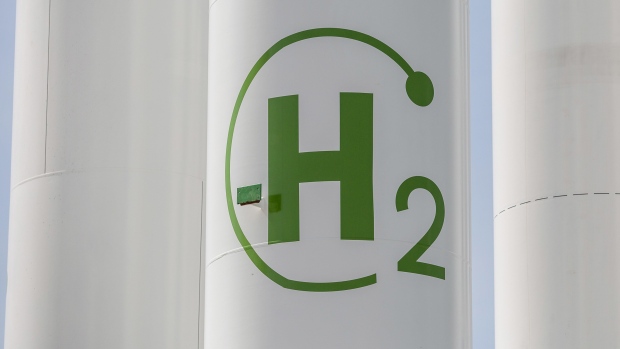Feb 1, 2023
Showcase for Australia’s Hydrogen Dreams Suffered Gas Flames
, Bloomberg News

(Bloomberg) -- An investigation into a flame that erupted on a tanker carrying the first-ever liquid hydrogen shipment shortly after it was loaded in Australia last year found that a gas control malfunction on the vessel sparked the incident.
The Suiso Frontier, the centerpiece of a A$500 million ($360 million) pilot project to test Australia’s potential for shipping the low-emissions fuel to Japan, suffered a gas flame incident on its deck while it was berthed at a port in Victoria state on Jan. 25 last year, the Australian Transport Safety Bureau said Thursday in a report. The incident happened just over a day after it loaded in Australia and two days before its scheduled departure to Japan.
Read more: Australia Targets Hydrogen Exports to EU as Part of Green Push
Suiso Frontier’s maiden voyage last year was an attempt to showcase Australia’s hydrogen ambitions and tap the Japanese market, which is seeking to import carbon-free power to meet climate targets. But it may be decades before the fuel, which is considered green if produced using renewable energy, is able to beat natural gas in liquefaction and transport costs.
Read more: The Fuel That Sends Rockets to Space Wants a Clean Energy Future
The accident highlights the need for safety controls within automated operating systems on ships to instantly alert staff of any issues, or automatically shut down operations to prevent damage or injury, Thursday’s report said.
The flame incident didn’t result in a fire or explosion on the 116-meter (381-foot) long Suiso Frontier, according to the report. The vessel, which later delivered a cargo to Kobe, Japan, can carry about 75 tons of the fuel –- a fraction of the 72,000 tons typically carried by large liquefied natural gas vessels.
©2023 Bloomberg L.P.





